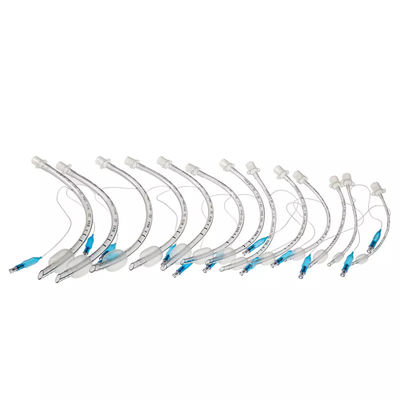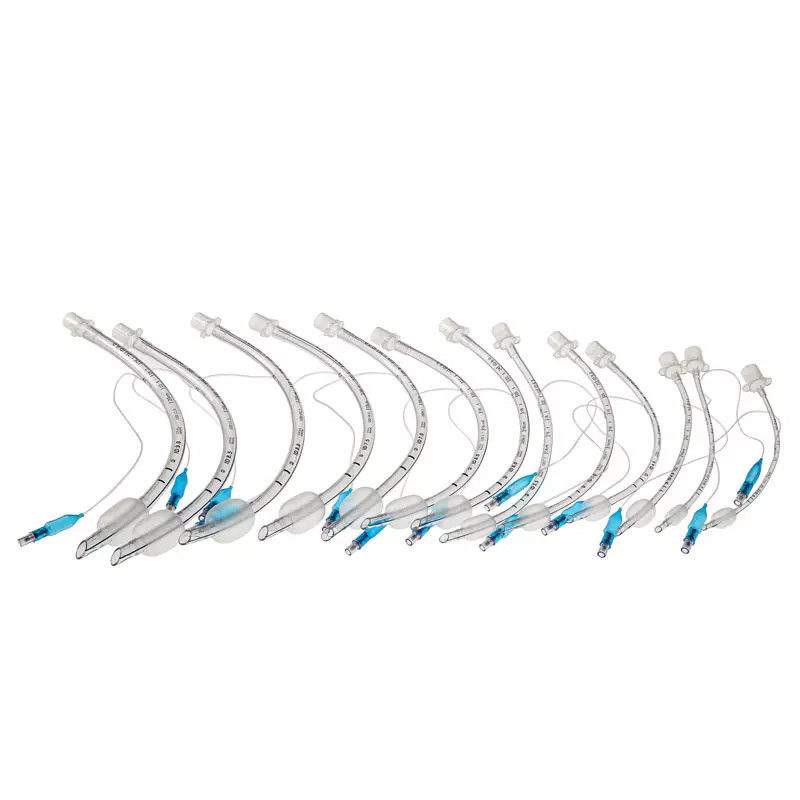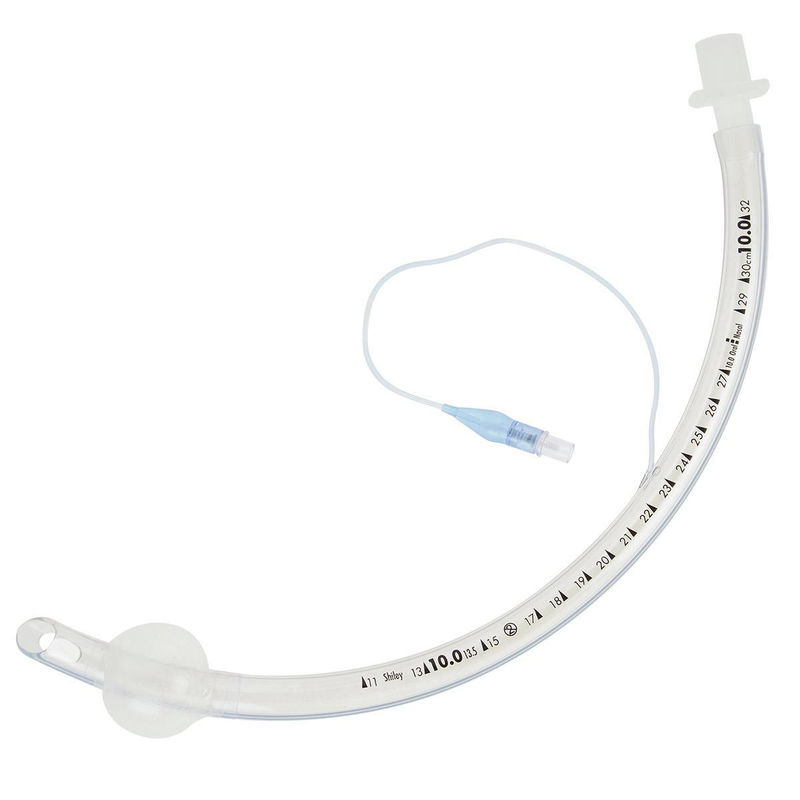-
Highlight
Disposable Anesthesia Catheter
,Endotracheal Tube With Cuff
,Anesthesia Catheter With Cuff
-
NameEndotracheal Tube With Cuff
-
PropertiesMedical Materials & Accessories
-
MaterialMedical Grade PVC
-
Size3.0-10.0
-
ApplicationClinic, Respiratory Therapy
-
Disinfecting TypeEO Sterile
-
Instrument ClassificationClass II
-
SampleFree
-
CuffedWith Or Without
-
TypeSurgical Supplies
-
Place of OriginChina
-
Brand NameHenan Aile
-
CertificationCE
-
Model NumberEndotracheal Tube Cuffed
-
Minimum Order Quantity5000pcs
-
PriceNegotiable
-
Packaging Detailsindividually wrapped or customized
-
Delivery Time15-30days
-
Payment TermsL/C, T/T
-
Supply Ability5000000Piece/Pieces per week
Disposable Anesthesia Catheter Endotracheal Tube With Cuff
Medical Disposable Endotracheal Tube with Cuff Endotracheal Tube
1. Disposable Anesthesia Catheter:
- This catheter is designed for the delivery of anesthesia gases or medications during medical procedures. The term "disposable" indicates that the catheter is intended for single-use and should be discarded after each procedure. Disposable catheters contribute to infection control and reduce the risk of cross-contamination.
2. Endotracheal Tube With Cuff:
- The endotracheal tube is a component of the catheter that is inserted into the trachea (windpipe) to secure the airway. The tube is equipped with an inflatable cuff that surrounds its outer surface. The cuff is used to create a seal in the trachea, preventing air leakage and reducing the risk of aspiration.
3. Cuffed Design:
- The inclusion of a cuff is a key feature, and cuffed endotracheal tubes are commonly used in various medical procedures. The cuff is typically made of soft, inflatable material and can be inflated or deflated to achieve a proper seal in the trachea.
4. Material:
- The tube is likely made of materials suitable for medical use, such as PVC (Polyvinyl Chloride) or other medical-grade polymers. The choice of material ensures flexibility, biocompatibility, and ease of disposal.
5. Size Range:
- The tube may come in various sizes to accommodate different patient populations. Proper sizing is essential for effective airway management and patient comfort.
6. Application:
- The catheter is specifically designed for use in anesthesia procedures, where maintaining a secure airway is crucial for the delivery of anesthesia gases and respiratory support.
7. Disposable Design:
- As a disposable catheter, it eliminates the need for reprocessing or cleaning after use. This is particularly important in medical settings where infection control is a priority.
8. Quality and Safety Standards:
- The catheter is expected to comply with relevant quality and safety standards for medical devices. Adherence to standards ensures that the product meets regulatory requirements and is safe for clinical use.
![]()
High quality standard cuffed tracheal tubes oral or nasal types
| size ID (mm) | size ID (mm) |
| 3.0 | 3.5 |
| 4.0 | 4.5 |
| 5.0 | 5.5 |
| 6.0 | 6.5 |
| 7.0 | 7.5 |
| 8.0 | 8.5 |
| 9.0 | 9.5 |
![]()
![]()
What is the endotracheal tube used for?
Endotracheal intubation is done to: Keep the airway open in order to give oxygen, medicine, or anesthesia. Support breathing in certain illnesses, such as pneumonia, emphysema, heart failure, collapsed lung or severe trauma. Remove blockages from the airway.
How is an endotracheal tube inserted?
The tube will be put into the patient's mouth, past his vocal cords, and into his trachea. Once the tube is in place, the stiff guiding device will be removed. The tube may have a balloon at the end that is filled with air to hold it in place. The tube will be secured to the patient's mouth with special tape.
Is an endotracheal tube positive or negative?
With positive-pressure ventilation, positive pressure is applied to the airway to inflate the lungs directly. This can be accomplished with an artificial airway (e.g., endotracheal tube) or with a nasal or face mask (noninvasive ventilation).




